Free resources for app creators
What drives the cost of app development?
How to know if you are not paying too much?
One common question that is asked to all app developers is “How much does it cost to build an app?”
Quite obviously, learning about the various factors that drive the cost of app development enables you to determine where best to invest your money. It avoids unpleasant surprises down the road and allows you to run your project within budget.
Read on to get a clear picture of the various costs involved in app development.
Complexity and Size of your app
To determine the complexity and size of your project, ask yourself the following queries.
- How many platforms will the app work on?
- How advanced are the functions and features of the app?
- How many user types interact with the app and the system?
- How much integration is required with device features, like GPS or cameras?
- How much integration is required with 3rd-party systems?
- How much animation or graphic design is required?
- Is the concept is brand new, or is it very similar to existing apps?
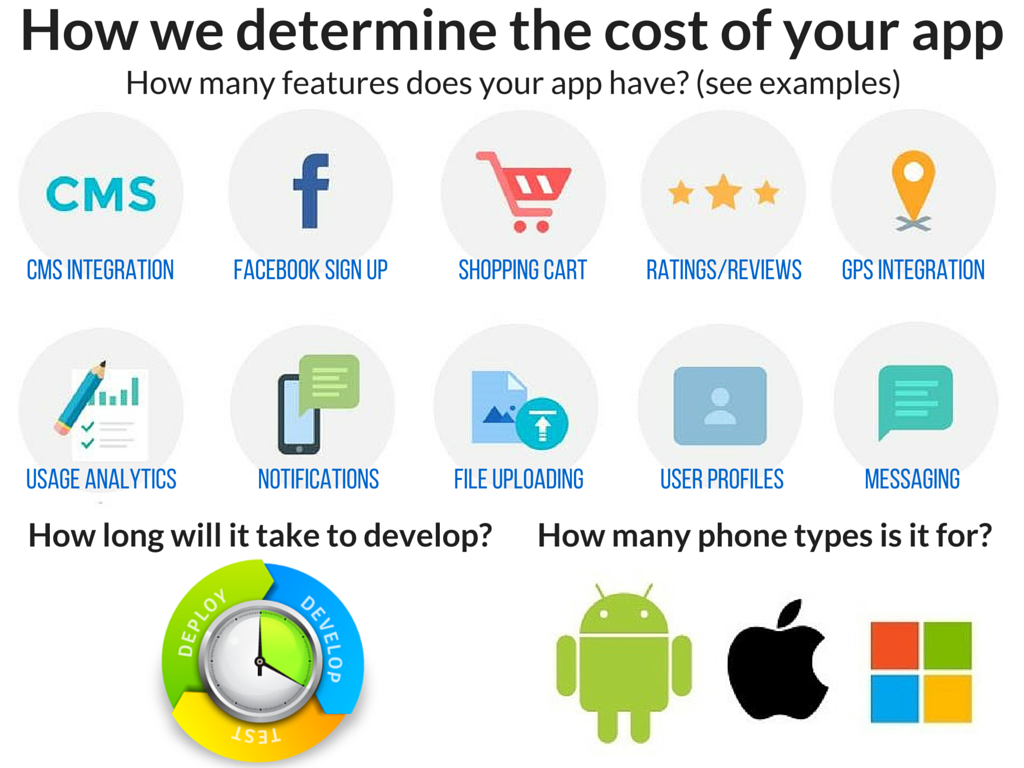
These factors have a direct impact on the cost of the project and must be duly reviewed to get started.
Your choice of the app development team
In some instances, the same single app idea may be quoted at different rates in the hands of different developers.
What causes this difference in cost?
The time allocated varies between developers based on the approach and attention to detail put into the project.
A professional app company with experienced designers and developers may have a higher rate, but knows what the best practices are and follows the latest design guidelines as recommended by Apple and Android.
Additionally, the location of the developer can often determine the rate of the developer. It is no secret that an offshore app developer with similar expertise and experience can cost significantly less than one in Australia. However, you need to be aware of all the challenges of offshore outsourcing and how to handle it.
On-going Costs
When you have reached the end of the road, there are some essential expenses yet to be fulfilled. These include,
- Server hosting costs: It is based on the number of users and amount of data handled.
- App Developer Accounts: This includes the 30% charged on any app sales and in-app purchases along with the yearly account costs and third party license costs.
- Marketing the app: Includes marketing and distribution costs, like branding, website, and online marketing based on your market goals.
- Maintenance costs: Includes on-going app maintenance costs, depending on how much you want to improve or change your app based on market feedback.
Got an idea? Are you app ready?
Download our “App Readiness Accelerator Kit”
Top Secret of Success: Billion Dollar Apps
Have you ever heard of Bourbon – wait, no, not that Bourbon, I mean Burbn, the mobile app. If you haven’t, don’t worry, you have plenty of company.
Most people don’t know that Instagram, who sold to Facebook for a billion dollars in 2012, started its life as an app called Burbn, which was basically a knock off of another hugely popular app called FourSquare. So how did Instagram go from a fairly anonymous copycat app in 2010, to become the billion dollar photo sharing app we all know and love, in just two short years? Their secret was the Pivot.
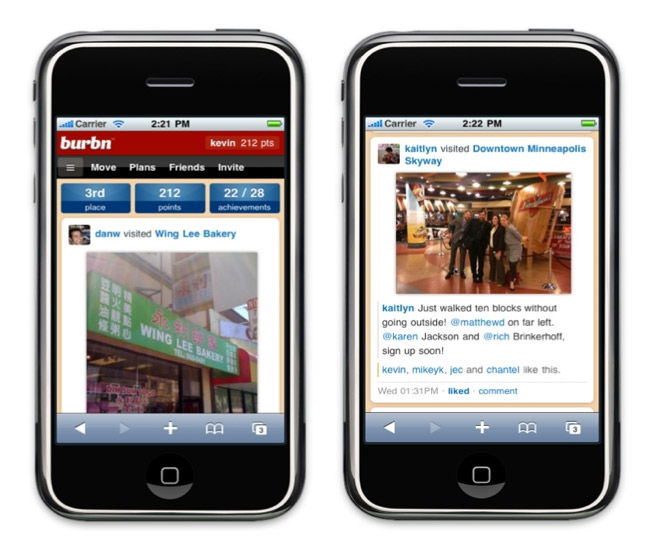
Pivoting is the concept of changing direction on your app’s original intention and evolving it rapidly based on what the users want. Not what you think the users want but what they actually use based on real data. The Pivot was one of Instagram’s biggest secrets on the road to their billion dollar success and it is now the mind set and approach utilised in Silicon Valley by some of world’s most successful apps.
So how do you Pivot? Let’s see what Burbn/Instagram did. Burbn was designed as a check-in app where users could check into different venues and share pictures of the events – but that focus was not getting the app much traction. The founders used analytics to see what was really happening. The founders used actual usage data to discover that the photo sharing feature was the most popular feature; Burbn users loved sharing their photos – but cared far less about any other the other features of the Burbn app. The founders then used this data to make a tough Pivot decision – they decided to cut back all the other features and focus on photo sharing exclusively. They studied all the photosharing apps available and made the newly rebranded, Instagram, the best photo sharing app on the market.
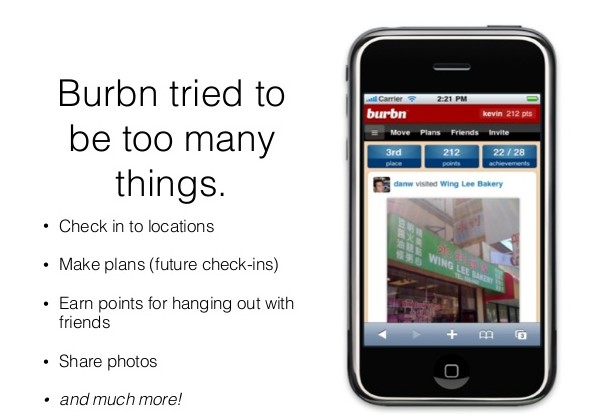
Another great example of a billion dollar Pivot comes from the popular instant messaging app, Whatsapp. Whatsapp originally was a status update app where users would share their status updates with all their contacts. The app didn’t really take off until they discovered their Pivot moment. You see, true ‘app-renuers’ are on a constant look out for their Pivot moment – that moment where they truly understand what their customers need – and for Whatsapp this meant looking at the data and how users were using their app. They noticed a trend. The status messages changed from status updates like ‘I am at the gym’ to messages like ‘how are you?’. They saw what users really wanted was the ability to send or push messages instantly to their contacts so they changed the app to an instant messenger app. We all know about the rapid growth story from there to being sold for $19 billion to Facebook.
So what is the Pivot secret formula?
There are some pretty simple steps:
Develop Your App Idea: your app must be in use with a user base. No app = no Pivot
Analytics: you must track what features are getting used most and then go deeper to understand how they are getting used
Search for your Pivot Moment: you need to be vigilant in looking for new trends or shift in usage of your app so you don’t miss your Pivot Moment when it arrives (keep in mind Pivots can reoccur in different forms so don’t think they only come along once in your app journey)
Strong Management: when your Pivot Moment arrives you need to be able to make the call to shift directions and articulate how you will shift directions based on the data you have acquired.
With the speed at which technology and target markets evolve, app entrepreneurs and marketers need to learn very quickly from the user behaviour and make decisions to take the app in the right direction. So if you have an app or are on your journey to developing the next game changing app, then remember the secret of the Pivot. Make use of mobile analytics tools, understand your users, analyse the data and be open to changing directions quickly – who knows, maybe yours could be the next billion dollar app.

If you’d like to share your app idea with one of our team members and discuss how you could roll out your app idea with this strategy in mind call us today on 1300 781 794
How to test your app idea before investing too much?
The difference between a good and a bad idea is only hairline thick. A good idea is bought while the rest sing their swan song much too early. If you think you a good app idea here is a list of questions you must ask yourself before investing much into it.
Is your idea completely unique?
With the number of apps out there, it is possible you are reinventing the wheel and if you are, you may find little demand for your app. To start with, find out if there are similar apps in the market. Search keywords related to your idea on Google and Apple app stores. As of March 2015, there are 1.43 million Android apps in the Google Play store and 1.21 million iOS apps in Apple App store. If you find your idea aligned to any one of these existing apps, be sure you have a unique spin to offer.
Is it the right time?
Timing is important for new ideas. A successful app launch is often aided by a particular event or season that propels the distribution of the app to a wide market. While planning and documenting plans for the project are crucial, make sure you do no miss out on the right time.
Have you researched your product demand?
Apps succeed because people need them. Many entrepreneurs and leaders get really excited about their idea, and they forget to ask real users to validate their assumptions. Not enough market demand or too much supply (competition) is the most common reason why ideas don’t take off. You need to analyse and understand your market really well.
Download our Market Analysis Template and get started with your idea today.
Need to meet with an app developer?
This month Appomate will be offering a 90-minute app exploration session for only $299 +GST.
This is the opportunity for businesses and entrepreneurs can sit down with an app development team and ask anything!
These workshops are completely confidential (mutual non-disclosure agreements must be agreed upon) and are aimed at helping you become app ready.
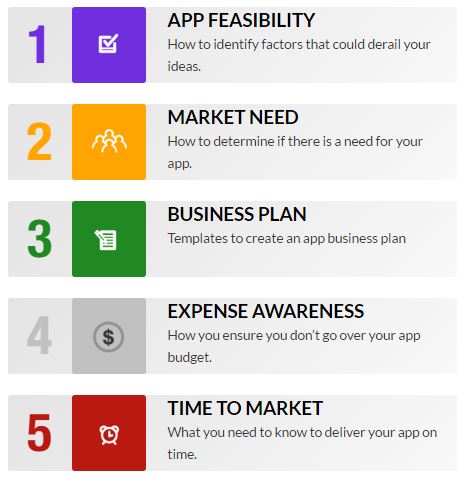
A range of topics will be covered which will help you to “flesh out” your idea, see what’s already available out there and determine what it will take to make your app idea a reality.
Our app exploration sessions are only offered free every 6 months so spots are limited.
This is due to the time limitations of our app development team (they usually have some app’s to develop), the workshops can be done face to face at our Melbourne or Sydney office (or via Skype).
Some of the apps we have developed have already made a big difference to numerous companies across Australia.
Have you heard about Safety Food Zone?
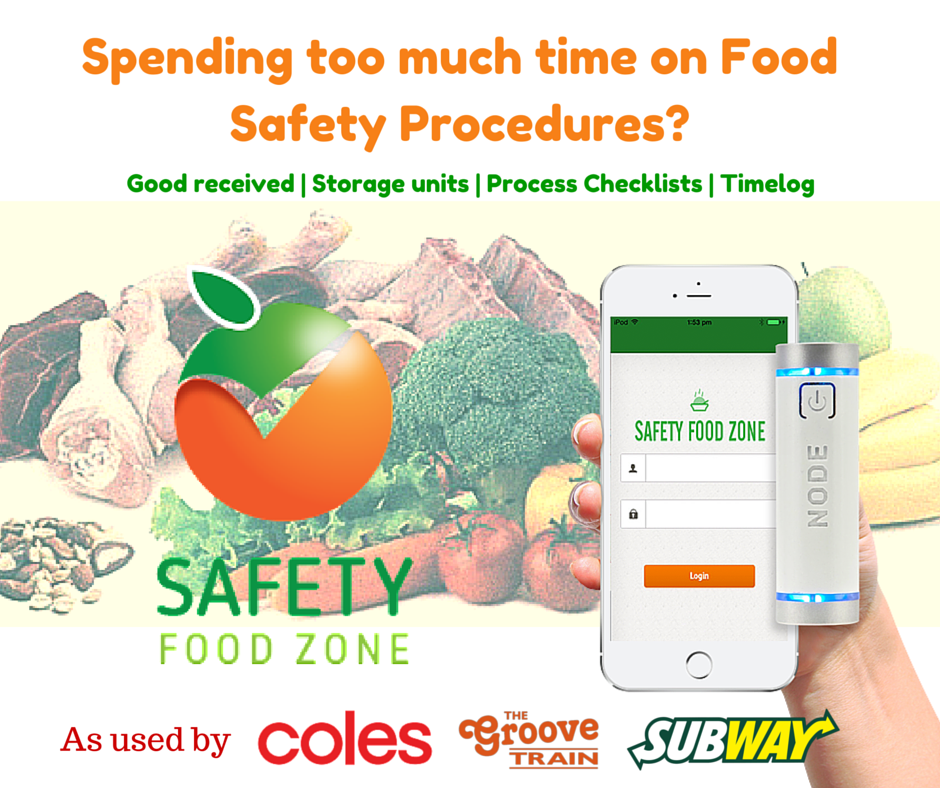
APP EXPLORATION SESSION OUTLINE
1. Share your app idea with an experienced app development team
2. Determine if the idea is viable – Are there apps out there that already do this task? are there many competitors?
3. Work with our business team to develop a “lean business model” including the best way to take an app to market.
4. Develop the basis for a Minimum Viable Product (MVP) of your app idea you can launch quickly and cheaper to enter the marketplace.
4. With a clear outline on your app and how it functions, we can give you a detailed quote on how much your app would cost if you wish to develop it from here.
This is a free workshop aimed at educating Melbourne businesses about app development.
For more details call 1300 781 794 to reserve your app exploration session today.
Date: Places Limited, Call for Time Availability
Address: 1 Queens Road, Melbourne 3004
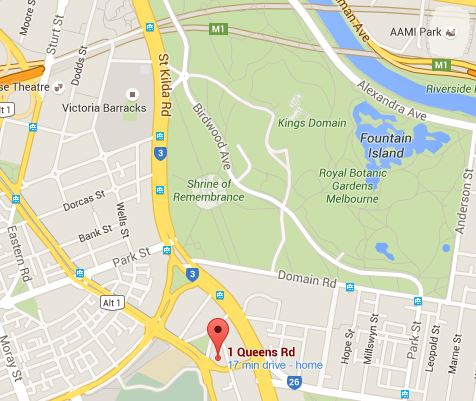
How to ensure your app is developed in time?
Launching an app as planned is extremely crucial as losing time directly translates to missed opportunities and therefore missed revenue.
Here are four significant tips to ensure that your app hits the market on time.
Be organised and have a plan
Changes in features and functionalities of the app through the course of the project are inevitable. However, they must be properly managed in an effective product-release schedule in order to ensure on-time delivery. Prioritise your requirements and make a decision on what features will be included in each stage. Develop the discipline to put new ideas into a wish list for future phases of development.
Choose your development partner wisely
Work with a professional app development company with a proven track record. Establish and agree on a clear project timeline before the project begins. Be sure to add contingencies to project deadlines. If your app idea is complex, ensure your partner has the technical capabilities and experience to offer an on-time guarantee.
Analyse and document the requirements appropriately
Every software project begins with a Requirements Analysis document and gaps in this initial requirement documentation lead to confusion during the design and development phase. Therefore the app requirements must be rightly determined and documented well before the commencement of the project.
Be involved
It is not uncommon for product owners to think that their job is over once they hand the concept over to the development team. But in reality, the active participation and commitment to communicate with the development team regularly is crucial for success.
To learn more about the responsibilities of app owners through various stages of app development download our App Readiness Accelerator Kit